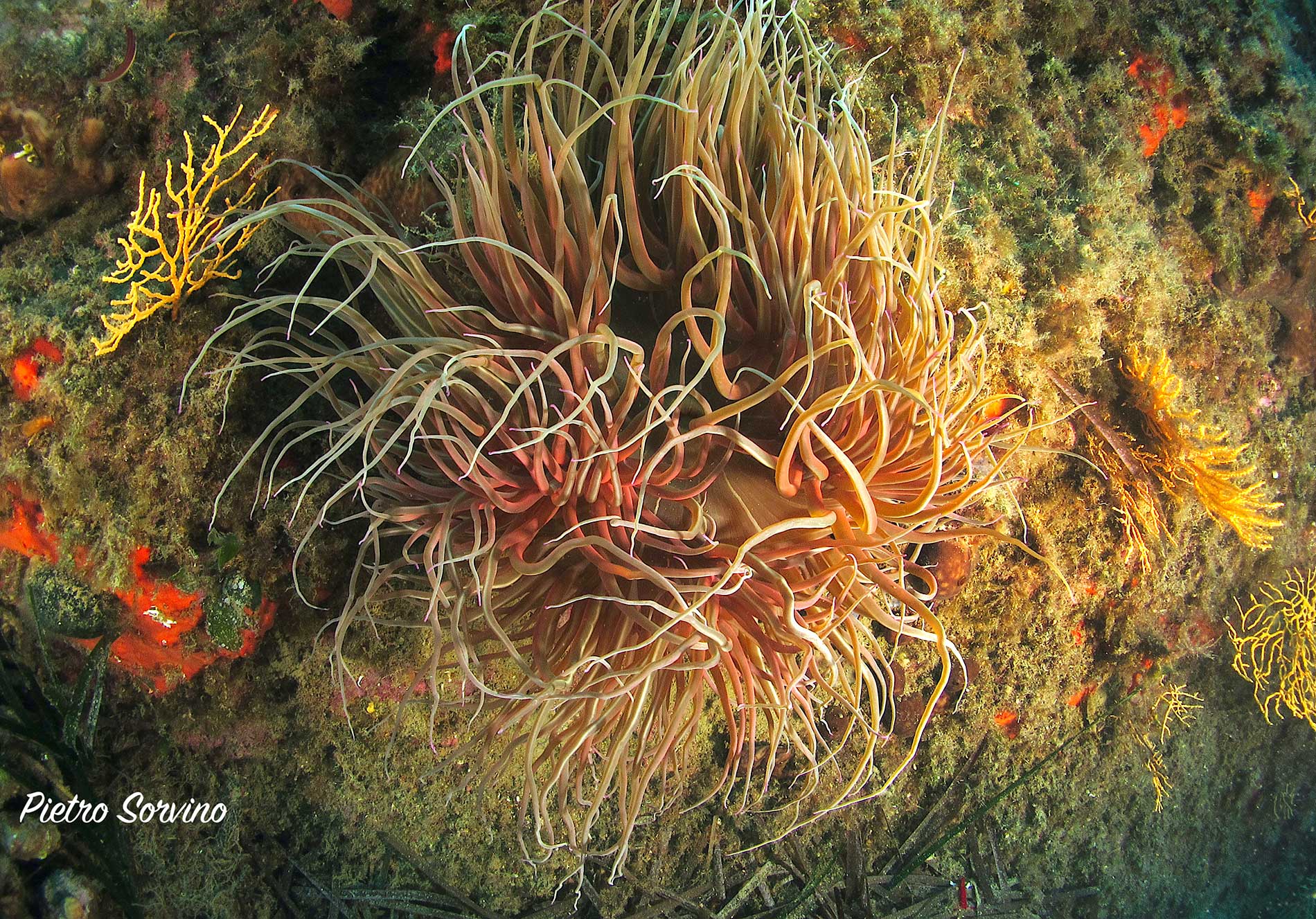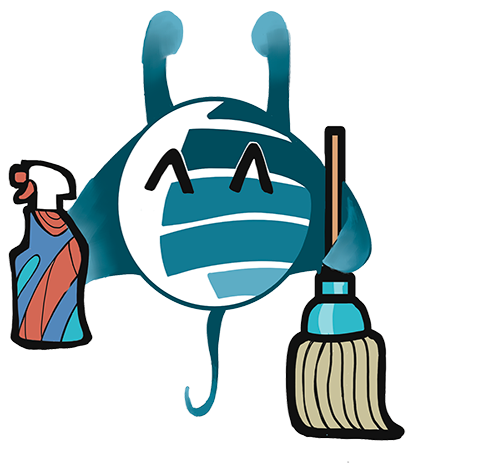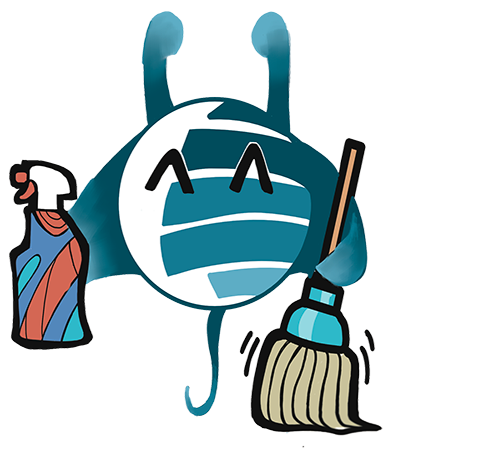A position chosen to be functional to their vital needs: to have light, oxygen and food. From which they can move, slowly crawling towards another more favorable site, where they can stop, even for a long time, as long as the conditions are favorable. They are
single polyps with bright colors and a shape that makes you think of a blooming flower. They are
Actinia, also known as
sea anemones, animals classified as
Cnidaria(Coelenterates) Anthozoa of the subclass of Hexacorallia. These are invertebrate and
benthic organisms, because they are linked to the seabed, that live in all the seas of the planet. As many as 1200 different species, which feed on molluscs, crustaceans and small fish. They are able to capture prey, when the currents push them in their direction, using their tentacles equipped with cells with a
paralyzing poison, which can cause burns on contact even to humans. The tentacles are always in multiples of six, therefore they belong to the subclass of
Hexacorallia. And even the name Cnidaria is connected to the tentacles, as they are stinging.

Actinia, like other marine animals, host tiny algae, zooxanthellae, in their tissues, with which they live a symbiotic relationship of mutual benefit. It is to ensure that the zooxanthellae have the light they need for photosynthesis that the actinia position themselves in sufficiently bright spots. The algae share with the actinia part of the nutrients they produce with photosynthesis, in exchange they obtain protection between the poisonous tentacles and also mineral substances that are essential for them.
The actinia polyp has a cylindrical body that has a crown of tentacles on the top and a mouth in the center, which is the only opening to the outside, from which food enters and waste comes out. The mouth is connected to the coelenteron (hence the name Coelenterates), the gastrovascular cavity that functions as the stomach, intestine and rectum.
The sea tomato (Actinia equina) is also an anemone, which lives in the intertidal zone (that is, the part of the coast that emerges or remains submerged depending on the movement of the tides), a few metres deep on the rocky coastal seabed.




